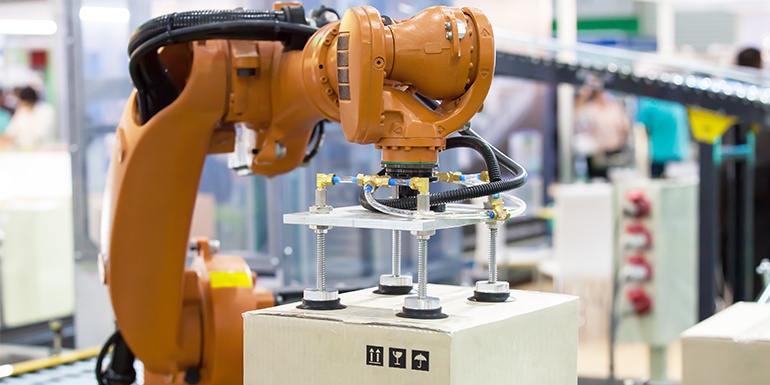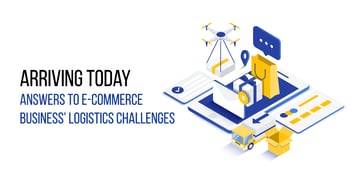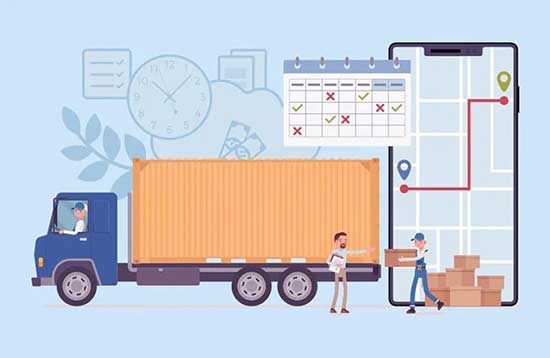The supply chain is ripe for RPA to increase efficiencies and reduce costs, says David Rogers.
Robotic Process Automation, or RPA, is a type of automation where software robots and intelligent business rules are used to mimic actions that a human being may perform. According to The Institute of Robotic Process Automation and Artificial Intelligence (IRPAAI), robotic process automation is the application of technology that allows employees in a company to configure computer software, or a robot or ‘bot’, to capture and interpret existing applications for processing a transaction, manipulating data, triggering responses and communicating with other digital systems. These activities are done with limited intervention or assistance. RPA is used to reduce cost of operations, eliminate errors, increase throughput and process efficiency, and helps increase business volume as a result of a faster execution levels.
RPA continues to gain widespread existence in logistics & supply chain as well, to automate and expedite tasks that were once done manually. Logistics organisations can apply RPA in situations that integrate and automate data-driven activities. The ‘bots’ can automate any business process and are configurable to set up tasks assigned and controlled by the user, complementing existing core systems. Some refer to the ‘bots’ as the digital workforce. They are code free, scalable and the ‘bots’ can even learn. Transactions happen automatically and within seconds, increasing operational efficiencies and ultimately customer service. A 2016 McKinsey report shows that the implementation of the RPA process in logistics may improve productivity by 30% and increase transaction speed and reduce costs by 25%. RPA can also be used as a tool to predict future trends in the business and provide actionable intelligence.
Transportation companies need to improve their ability to accurately account for truck mileage and contract compliance. The process of accumulating data is typically done manually and is subject to human error and delay. RPA automates this process, improving accuracy, and also providing the ability to track trends and identify problems for a quick resolution
Chatbots (computer programs designed to simulate conversations with human users primarily over the web) also have an interesting role to play in the supply chain. According to EFT, there is a massive growth of chatbots in the supply chain. Their recent survey data shows more than half of their respondents are using chatbots in supply chain operations. The complexity of chatbot capabilities continues to grow. EFT notes that chatbots play a key part in the customer centric approach of many supply chain organisations. Purchasing decisions are much more focused on delivery cost and inventory levels, and chatbots can easily relay this information directly to corporate customers or consumers.
In a brief case study shared by NIIT Technologies LTD, an unnamed logistics company was under pressure by customers to reduce costs while their contracted carriers were looking for more money. Additional challenges included working with different EDI systems, complex customer demands, seasonality and scalability, stressed out employees, and cost containment. Focusing on a cost management approach, they created a digital workforce of 400 RPAs. They were able to automate scheduling and tracking, billing and collection, freight bidding, quoting and customer service. They increased their annual work output by 15,000 hours, improved receivables, and increased premium loads significantly.
The benefits of RPA include keeping existing processes intact with limited or no need for reengineering. Companies can also use existing controls, reporting, and auditing processes. RPA shows immediate process improvements and also allows for local variation in processes.
“RPA is often seen as the darling technology of every other vertical today,” says Rohit Mathur of Ramco Systems, who provide an integrated logistics ERP software. RPA has the ability to rein in in inconsistency, structure data, and deliver repeatable efficiencies. They have definitely built a strong case for organisations to build operational efficiency and reduce cost. Mathur says that RPA has the ability to interact seamlessly with multiple systems of the organization. It can gather data across different systems, integrate them, analyze the collated data, and deliver insights to the user. “It is not just about automation—it’s about intelligent automation.”








